Search
Search Results
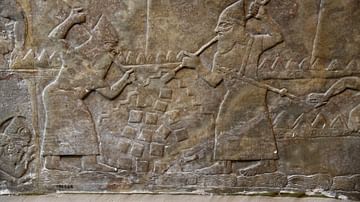
Image
Assyrian Soldiers with Iron Crowbars
Alabaster bas-relief depicting Assyrian soldiers using iron crowbars. Neo-Assyrian Period, 865-860 BCE. Detail of Panel 4 (bottom), Room B, the North-Palace Palace, Nimrud, modern-day Iraq. (The British Museum, London)
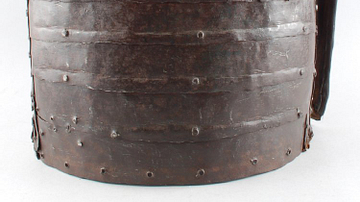
Image
Iron Corslet from Borno
An iron corslet from Borno in what is now Fika, Nigeria. The corslet was acquired by the British Museum in 1911, and is currently a part of the museum's collection.
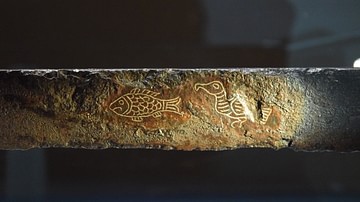
Image
Japanese Inlaid Iron Sword (Detail)
A detail of an inlaid iron sword. From Eta Funayama Tumulus, Nagomi-machi, Tamana-gun, Kumamoto, Japan. Kofun Period, 5th-6th century CE. National Treasure.
Tokyo National Museum.
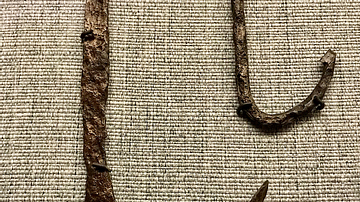
Image
Viking Iron Fishing Hooks
The Vikings did not use fishing reels or poles. Instead, they tied hooks to a fishing line made from sheep, cow, or walrus intestines, then pulled the fish up by hand. On a small rowing boat out on the open ocean, this was a very dangerous...
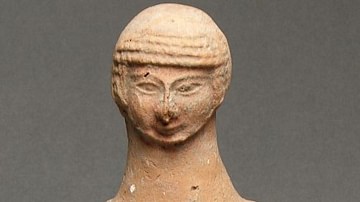
Definition
Asherah
Asherah is a Hebrew word for what was either a goddess or a cultic object or perhaps both. Although many see evidence for Asherah being an individual goddess known to the Israelites, some scholars believe that the context of the word primarily...
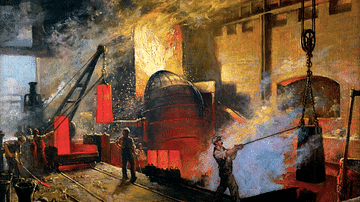
Article
The Steel Industry in the British Industrial Revolution
The production of steel during the British Industrial Revolution became cheaper and more reliable thanks to the Bessemer converter, a type of blast furnace that removed undesirable impurities from pig iron. The superior strength and durability...
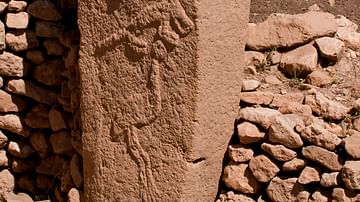
Image
Göbekli Tepe - Layer III, Enclosure A, Pillar 2
Göbekli Tepe is a c. 12,000-year-old archaeological site in Anatolia, Turkey. The site chronology is divided into three levels, Layer I being the most recent and Layer III the oldest and deepest level. Layer III is also the most sophisticated...
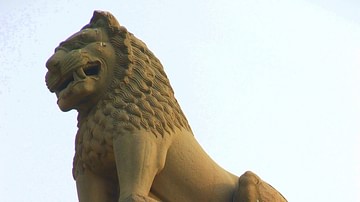
Image
Ashoka's pillar
Ashoka's pillar erected in the district of Vaishali, located in the Bihar state, India. This is one of the nineteen surviving columns erected or at least inscribed with edicts by the Emperor Ashoka during his reign in the 3rd century BCE...
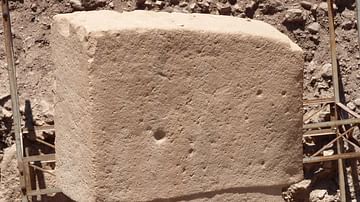
Image
Göbekli Tepe, Pillar with Sculpture of a Fox
Göbekli Tepe is a c. 12,000-year-old archaeological site in Anatolia, Turkey. One characteristic feature of the site is the abundance of monumental stone pillars, often arranged in a circle and elaborately decorated in many cases. This...
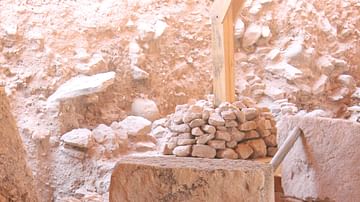
Image
Göbekli Tepe: Pillar
T-shaped monolithic limestone pillar which contains carvings of animals as well as abstract characters and icons. (approx. 10,000 BCE)